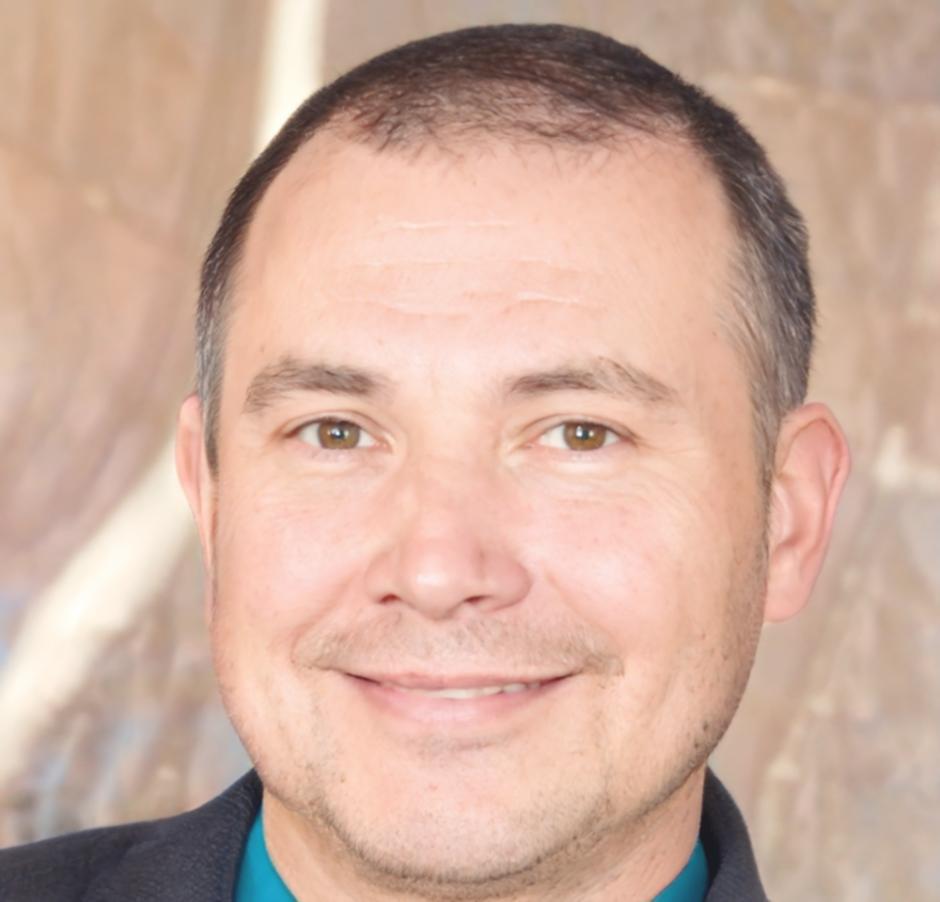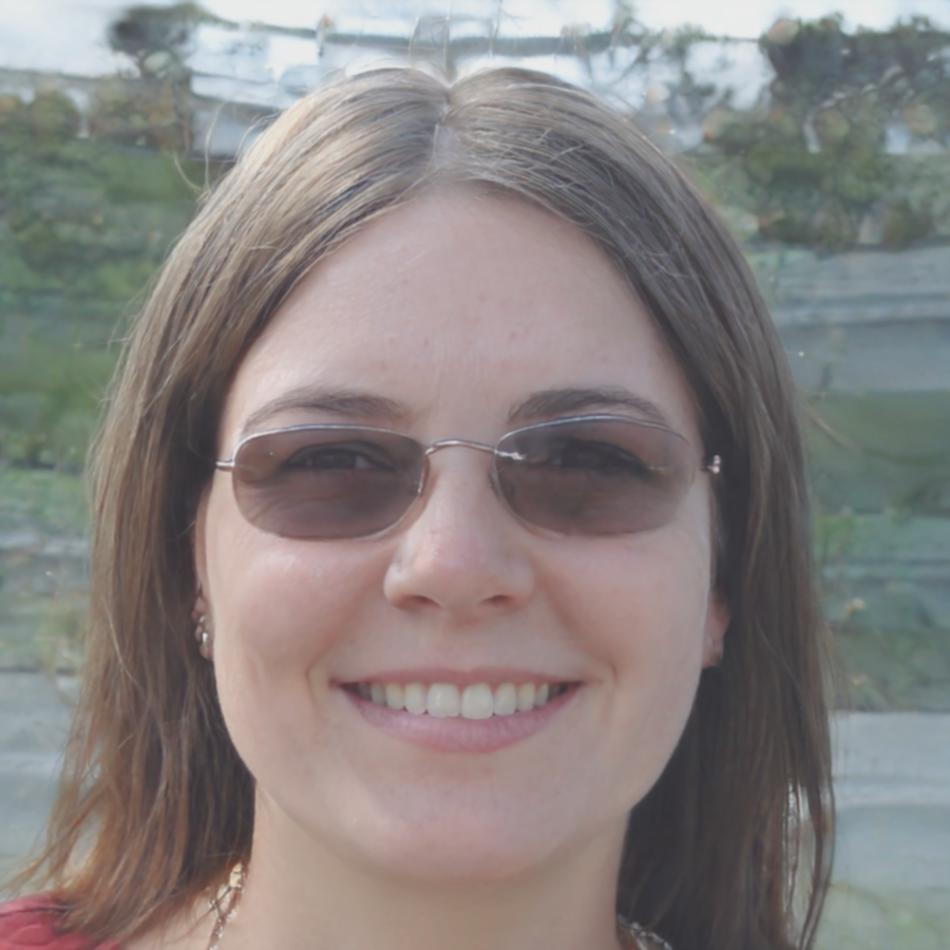Real Stories from Our Microservices Community
These aren't polished testimonials we asked for. They're honest reflections from people who've been through our programs—some struggled at first, others found their groove quickly. What matters is they kept going.
How Our Approach Works in Practice
We don't follow a rigid curriculum. Instead, we adapt based on where you're starting from and what you're trying to achieve. Here's the general path most people take:
-
Assessment Phase First two weeks, we figure out your current skill level. No judgment—just honest evaluation so we know where to focus.
-
Fundamentals Build Weeks 3-6 cover core concepts: service decomposition, API design, data management patterns. This is where most people struggle initially.
-
Hands-On Projects Weeks 7-12, you build actual systems. They'll break. You'll fix them. That's the point. We simulate production issues you'll face later.
-
Advanced Patterns Final weeks tackle the complex stuff: distributed tracing, circuit breakers, event sourcing. Only makes sense after you've hit the problems these solve.

What You Can Expect After Completion
We can't promise you'll land a specific job or salary. That depends on too many factors outside our control. What we can tell you is what skills you'll have and what becomes possible when you have them.

Service Design Capability
You'll know how to break down complex applications into manageable services. This includes understanding bounded contexts, defining clear interfaces, and managing dependencies between services.
Production Readiness
Deploying is just the beginning. You'll learn monitoring, logging, distributed tracing, and how to debug issues across multiple services. The unsexy stuff that actually matters.
Team Communication
Working with microservices means coordinating with other teams. You'll understand how to document APIs, manage versioning, and communicate architectural decisions effectively.


Your Learning Path Starts September 2025
We're opening enrollment for our autumn cohort. The 16-week program runs from early September through late December 2025. You'll work with a small group—we cap enrollment at 20 people to maintain quality.
Structured Flexibility
Core sessions twice weekly, plus self-paced project work. Fits around full-time schedules if needed.
Real Infrastructure
Access to cloud environments for testing. Learn on actual systems, not simulations.
Peer Learning
Small cohorts mean you'll actually get to know your classmates. Many form study groups that continue after graduation.

